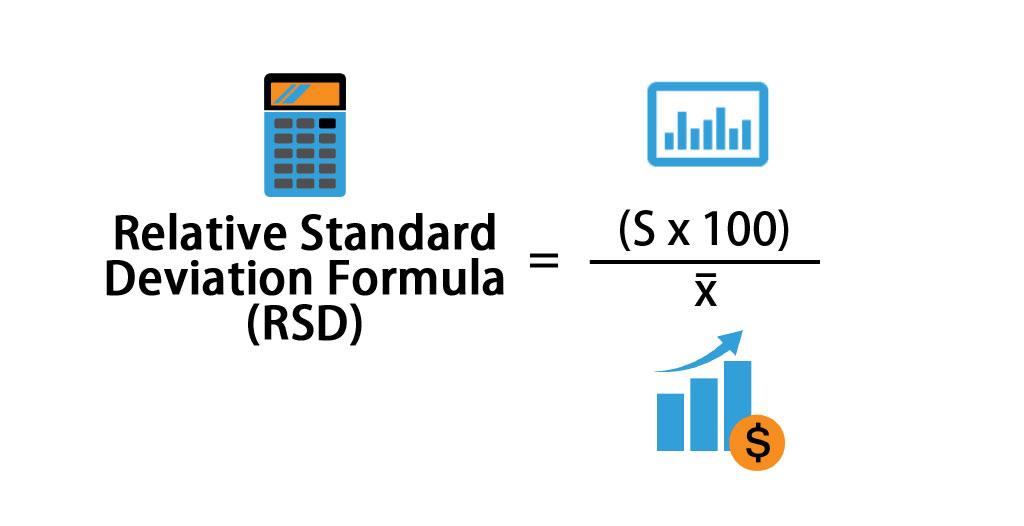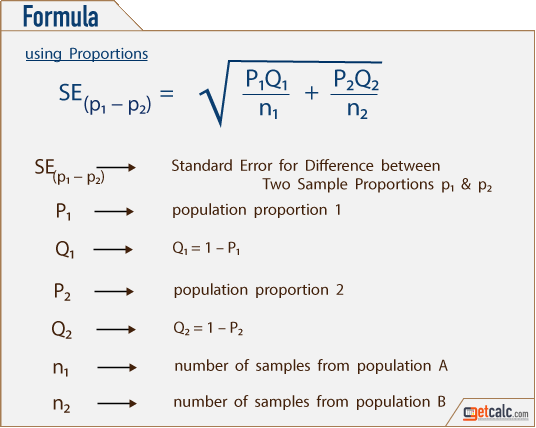

50%), as this produces a conservative estimate of variance.įor example, if you want to estimate how many customers were satisfied with your service, and you have data from last year saying that 50% of customers were satisfied, then you would enter 0.5. If this proportion is unknown, it should be set to 0.5 (i.e. You can get the proportion from previous cycles of the survey or by an educated guess. This assists in calculating the estimated standard errors that are appropriate for your situation. This specifies the expected proportion of the population to have the attribute that you are estimating from your survey. For a sample survey, a sample is taken from the population. the population that the survey is aimed at. The target population is also known as the scope of the survey i.e. The target population is the population about which information is to be sought. This option can be left blank, in which case the population size is assumed to be very large. This is the total number of individuals or groups about which information is required. You can select either 95% or 99%, meaning that there are 95 (or 99) chances out of 100 that the true value of the estimate is within the confidence interval. This is the level of certainty with which you will estimate the true population value. They are by no means the definitive "rule" about the size of a sample. The results generated here are intended only as a guide and should only be used as such.

The sample size calculator assumes simple random sampling. You should also not set the accuracy levels too low, as your data may not be appropriate for your users. You should not set the accuracy levels too high, as you will incur higher costs (due to a larger sample size) and place additional burden on the community. The level of precision should be set in conjunction with the users of the data. It is recommended that the level of precision be set to allow the survey to achieve the desired outputs. For example, if you know the standard error you need to meet precision requirements of your estimate, you can find out the responding sample size required to achieve that if you know the likely size of the responding sample you can estimate the standard error of your estimate, and a confidence interval for it. The sample size calculator allows you to calculate the required responding sample size, standard error, RSE, and a confidence interval (95% or 99%) for a proportion estimate, using just one of these criteria as an input.


 0 kommentar(er)
0 kommentar(er)
